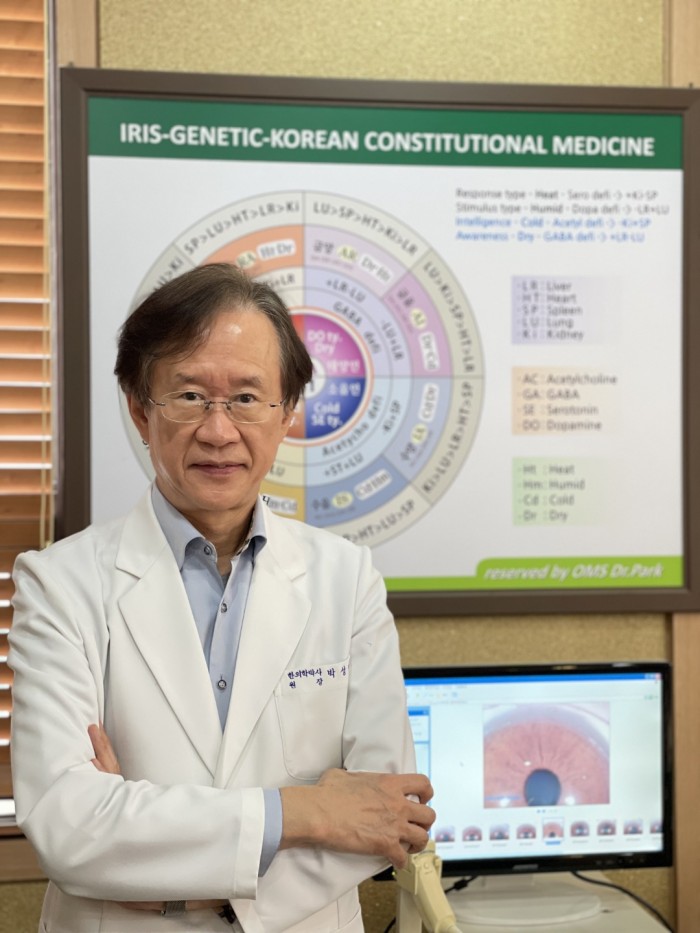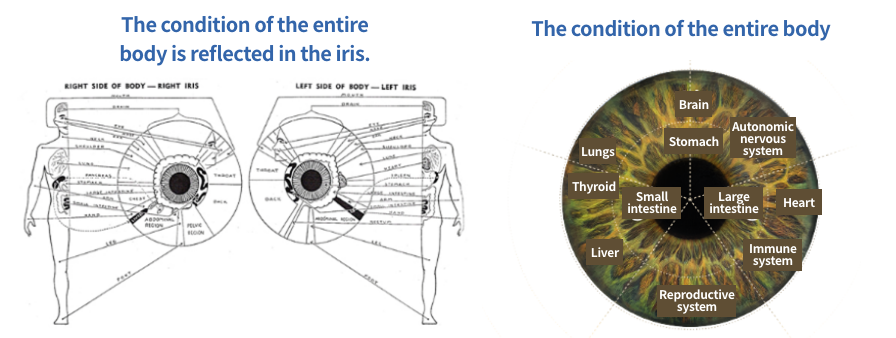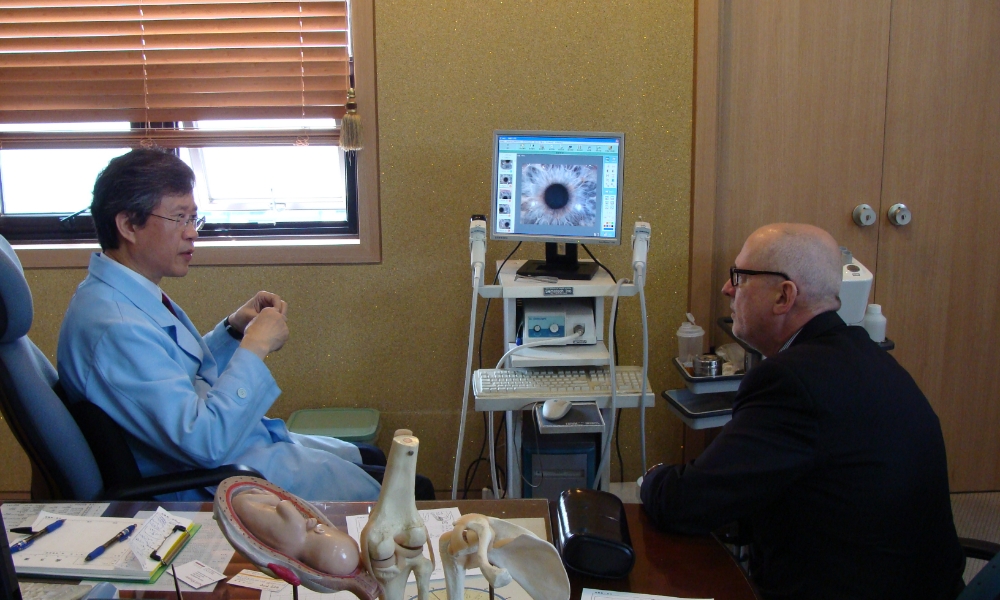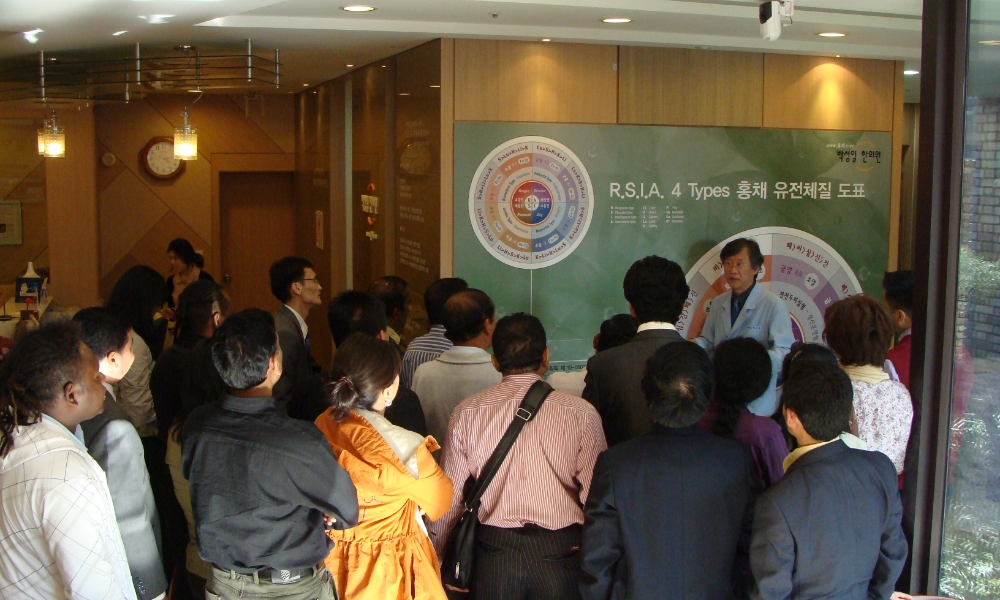Diagnosing Health Through the Eyes, Dr. Park Seong-il, Iridology-Based Diagnosis and Treatment
The importance of preventing disease before it occurs cannot be overstated. Depending on their innate constitution, people's susceptibility to chronic diseases, obesity, and cancer varies. Consequently, it is essential to manage health based on the characteristics of each individual's constitution and to be prepared for diseases in advance. Iris diagnosis is commonly used for such prevention. Iris diagnosis is a method of preventative medical diagnosis that examines the iris's color, texture, blemishes, and shape to determine the patient’s innate health status and disease history. It is the principle of diagnosing diseases based on differences observed for each symptom and the nerve-connected information in the body that appears on the iris. In Europe, active medical research into iris diagnosis has been conducted for many years. Since its introduction to Korea in 1994 by the director of the Korean Oriental Medicine Clinic, Park Seong-il, the Korean Iridology and Medical Association has conducted the majority of iris diagnosis research in Korea. Currently, we are working diligently to develop a program for such diagnosis using iris image data. Let's speak with Dr. Park Seong-il, who is leading the development of iris diagnosis in Korea, to learn more about this concept.







 Specialized Medical Service
Specialized Medical Service
 Bio Technology
Bio Technology
 Health & Wellness
Health & Wellness
 City & Culture
City & Culture
 Hot Issue
Hot Issue
 Interview With
Interview With
 Medical Technology
Medical Technology
 City & Culture
City & Culture
 Food & Travel
Food & Travel
 Health & Wellness Tips
Health & Wellness Tips
 Hot Issue
Hot Issue